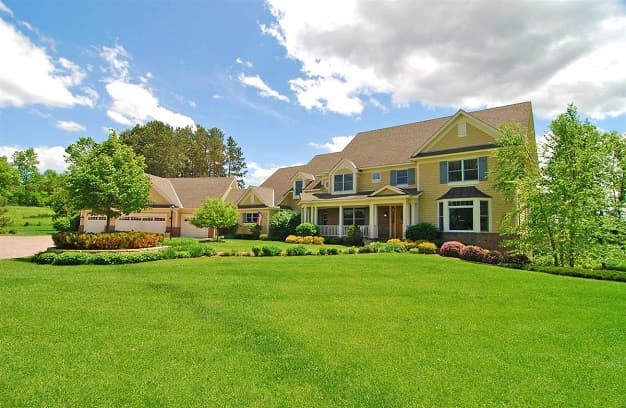
How to Landscape for Increased Energy Efficiency
Landscaping is more than just for the aesthetic—it can also save you time and money during the warm and cool months. With a growing need to conserve water, California is pushing its locals to discover new ways to cut back. Simply look outside and you’ll find your answer. It may be the greenery outside your window that will save you green in your pocket.
Savvy landscaping can play a huge role in lowering your water and electrical expenses. If you change your habits—as well as some of the plants in your yard—you’ll see a significant difference in your bills.
Landscaping for Energy Efficiency
- Lower you maintenance costs
- Reduce your water usage
- Cut your heating and cooling costs
- Protect your home from cold winter wind and hot summer sun
- Help lower noise and air pollution
It’s OK to Be A Little Shady
Shading your home is a great way to reduce energy costs especially during the hot summer days. Simply having a tree shade part of your home will help insulate and lower the need to use air conditioning. To effectively shade your home, you need to know the size, shape and location of the shadow that your shading unit will cast.
Deciduous means “tending to fall off.” In other words, leaves change and fall during different seasons. This is the ideal plant to have because the leaves block out the sun during a bright summer and let heat in during a cool winter.
Evergreens are a great tree if you want continuous shade throughout the year. This might benefit you more if you live in constantly warm and dry climates.
Evergreens allow continuous shade throughout the year. This may benefit you if you live in consistently warm and dry climates.
Consider planting your trees and shrubs in calculated places. Observe the sun patterns over your home before you begin planting in order to maximize the effect of your plants. A trellis is a great idea to install on one side of your home for added insulation as well as an organic look.
Plants Can Break Wind, Too
A windbreak plant can help reduce the cost for heating by lowering the wind chill near your home. It also creates dead air space that insulates your home during the summer and winter.
- Plant evergreen trees and shrubs to the north and northwest of your home to stop wind
- The distance between your home and windbreak should be two to five times the height of the mature tree for maximum protection
- Installing a fence or wall will also help to deflect wind on your home
- If you live in a snowy region, plant low shrubs on the windward side of the windbreak to trap snow before it blows to your home
- Plant trees on either side of your house to redirect cool wind toward your house during the summer
Water Water Everywhere; Is There a Drop to Spare?
Design your landscape to not only save water but to also conserve water. There are many tools that can help you along with using the right plants, and you’ll only have to water a few times out of the week.
- Group similar plants with similar water needs together
- Reduce the use of turf and use low-water-using types of turf grass
- Aerate your soil—it improves water flow to plants’ roots and reduces water runoff (use a lawn aerator)
- Water in the morning when it’s cooler and evaporates slower
- Organize your grass in a continuous pattern; it makes it easier to maintain and uses less water
- During the summer, raise your lawn mower cutting height; longer grass blades help shade each other and retain more water
- Use mulch to keep plant roots cool, minimize evaporation and reduce weed growth
When it comes to purchasing plants, be sure to get the ones that can thrive in your climate. For example, if you live in an arid area, use a plant that can sustain itself on little water. For more information, visit Energy.gov.
